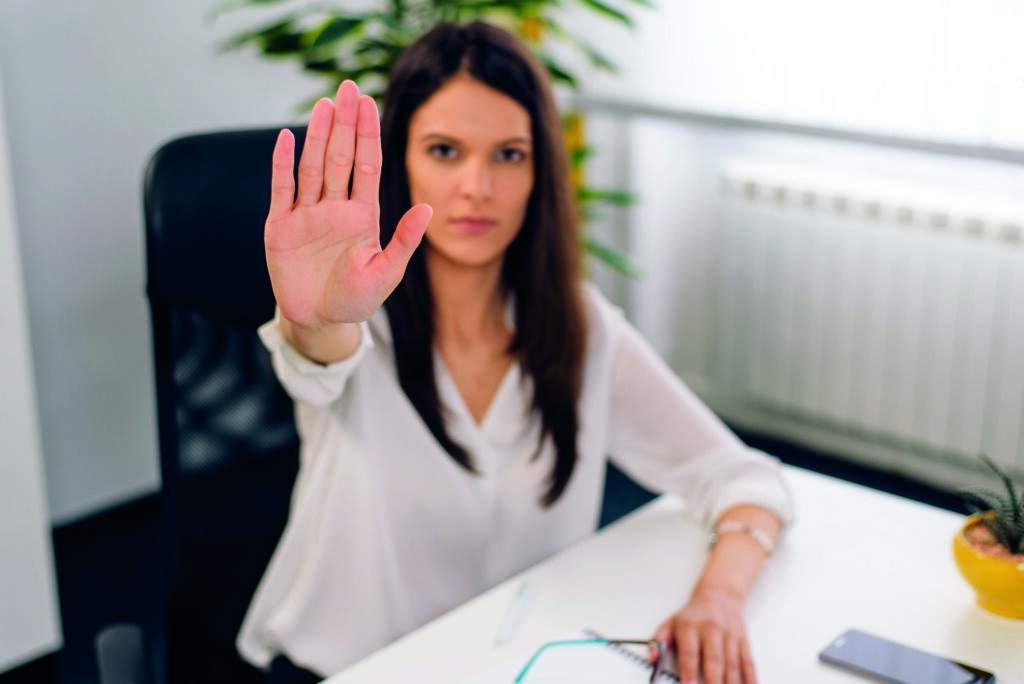Since 2018, I have been helping to deliver Sexual Harassment Prevention training as part of a wider project to create healthy, safe and respectful working environments within local charities.
We have known for most of this time that a change is coming, but we finally know the details of those changes.
The biggest change is the shift to prevention rather than cure. In the past, as an employer as long as you did a robust investigation into any grievances raised or any incidents reported, you had done your best. However, going forward (and we don’t yet have a date) employers are going to have to take all reasonable steps to PREVENT sexual harassment in the first place. Failure to do so and to take adequate steps will result in the employer being as guilty as the alleged perpetrator and facing fines as well as an uplift penalty.
Although this may feel like an impossible task, there are several things which you need to do:
- Draft a robust sexual harassment prevention policy – this could also be part of an Equality, Diversity and Inclusion policy, or it could be stand alone.
- Measure how you are doing at the moment
- Train staff and managers to understand what is and is not expected of them.
- Ensure that this training is given to all employees as part of their onboarding process
- Embed good practices to ensure that all policies and procedures become the lived experiences of all employees, regardless of seniority or gender in the business
- Measure the impact of your training
- Review any changes required
- Implement any changes required
- Enter a cycle of continual improvement to ensure that no complacency develops over time
The new legislation is also extending to cover third parties. This means that employers are no longer just responsible for their employees, but for those people who their employees come into contact with during the course of, and as a result of, their employment. These people include Non-Executive Directors, Trustees, Donors, volunteers, service users, clients and suppliers. That could extend to the man who services the printers or the woman who cleans the offices.
It is also worth remembering that work is not just Monday – Friday 9 – 5 and is not just confined to the office building you work in. If an employee is somewhere as a result of their employment, they are at work. If they are at work Christmas Drinks at 9pm at a local bar, you are responsible for their safety. If they are at an exhibition at Excel or a training course in the US, you are responsible for them as their employer as they are only there as a direct result of their employment with you.
As a responsible employer, you need to take all reasonable steps to ensure the health, safety and welfare of your employees and that includes the need to PREVENT sexual harassment.
As this legislation be being added to the Equality Act, it is also fair to assume that if prevention is going to be at the heart of sexual harassment, it will also be placed at the heart of other forms of harassment and, by extension discrimination, bullying and victimisation we well. This may happen through legislation or through case law (I don’t have a crystal ball and I’m good, but not that good), but as an employer, you always need to be in a position to defend yourselves should an employee make a claim against you.
Policies, procedures, training and communication are your friends and ensuring that you ‘walk the talk’ has never been more important.

